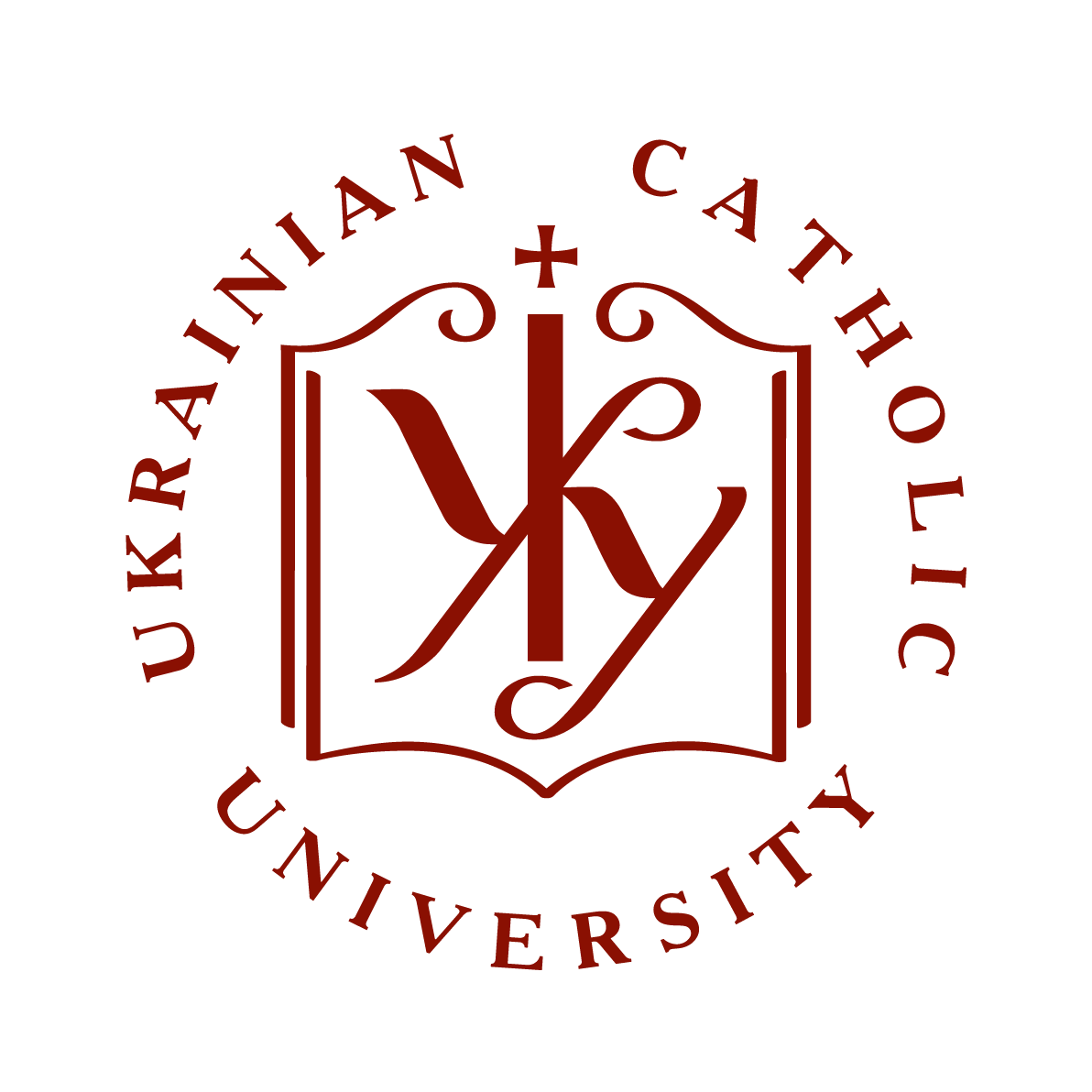Сценарії JavaScript вимкнено для Вашого браузера. Деякі функції цього сайту не будуть працювати без них.
| dc.contributor.author | Kukhar, Oleksandr
|
|
| dc.date.accessioned | 2024-02-14T09:11:31Z | |
| dc.date.available | 2024-02-14T09:11:31Z | |
| dc.date.issued | 2023 | |
| dc.identifier.citation | Kukhar, Oleksandr. Molecular dynamics of charged dipole particles using machine learning/ Oleksandr Kukhar; Supervisor: Taras Patsahan; Ukrainian Catholic University, Department of Computer Sciences. – Lviv: 2023. – 31 p.: ill. | uk |
| dc.identifier.citation | Kukhar, Oleksandr. Molecular dynamics of charged dipole particles using machine learning / Oleksandr Kukhar; Supervisor: Taras Patsahan; Ukrainian Catholic University, Department of Computer Sciences. – Lviv: 2023. – 31 p.: ill. | |
| dc.identifier.uri | https://er.ucu.edu.ua/handle/1/4408 | |
| dc.language.iso | en | uk |
| dc.title | Molecular dynamics of charged dipole particles using machine learning | uk |
| dc.type | Preprint | uk |
| dc.status | Публікується вперше | uk |
| dc.description.abstracten | The method of molecular dynamics finds applications in various areas such as pharmacology, polymer science, nanotechnology, chemical catalysis, and drug dis- covery. An efficient and fast prediction of positions and dynamics of particles is of great importance in order to reduce computational efforts. This thesis focuses on extending the existing SE(3)-transformer-based graph neural network (GNN) approach proposed by Fuchs et al.[1], which successfully employs a self-attention mechanism for point clouds to describe dynamics of charged particles. The exten- sion developed in our study is aimed to improve an accuracy of molecular dynamics prediction for a more complex system consisting of particles with an orientation- dependent interaction and rotational degrees of freedom. As an example, a physical model presented as a fluid of charged particles bearing electric dipoles is examined. It is shown that our approach, which introduces a new attention mechanism, pro- vides better accuracy in describing such systems compared to the original approach. | uk |
Files in this item
This item appears in the following Collection(s)
-
2023 [29]


